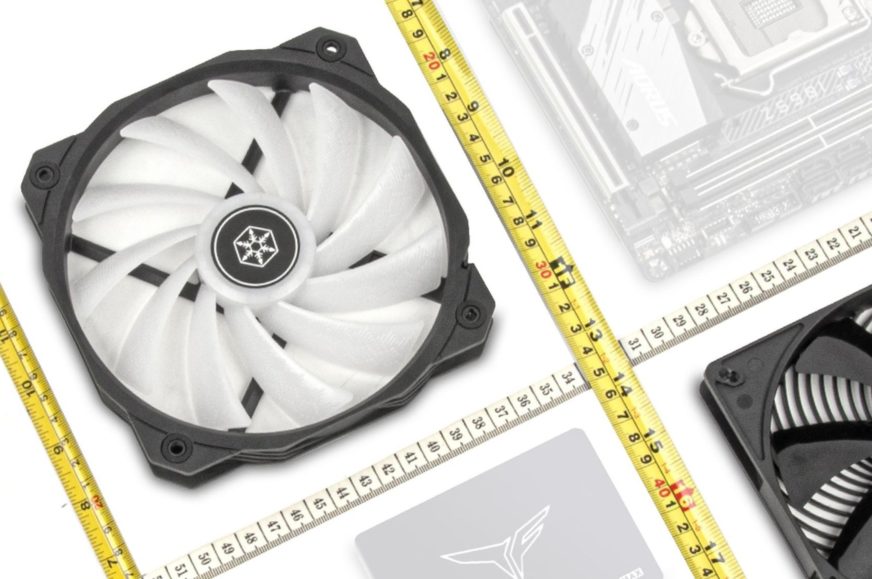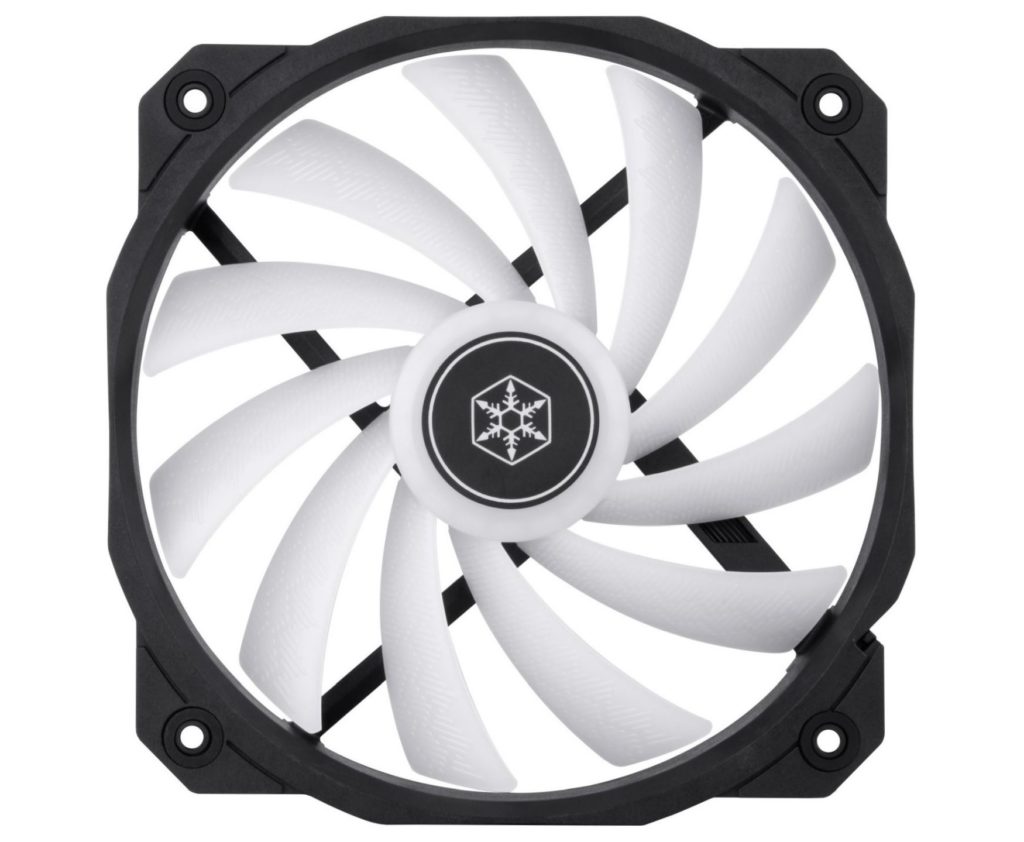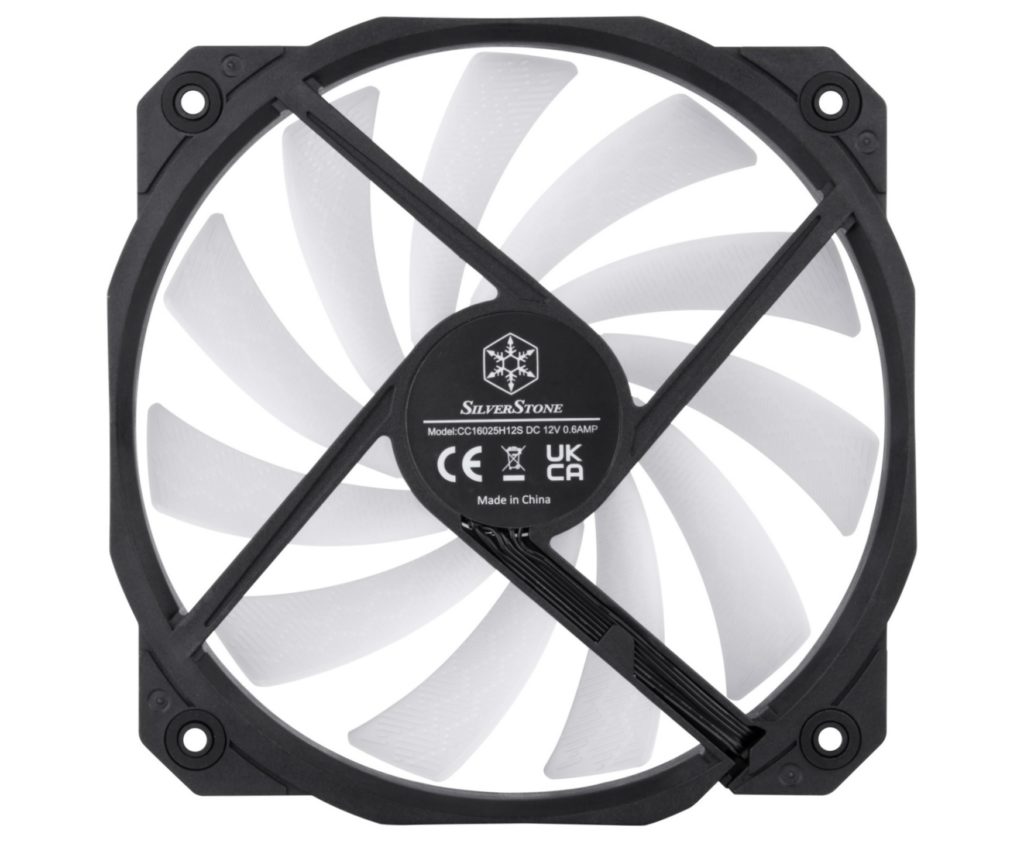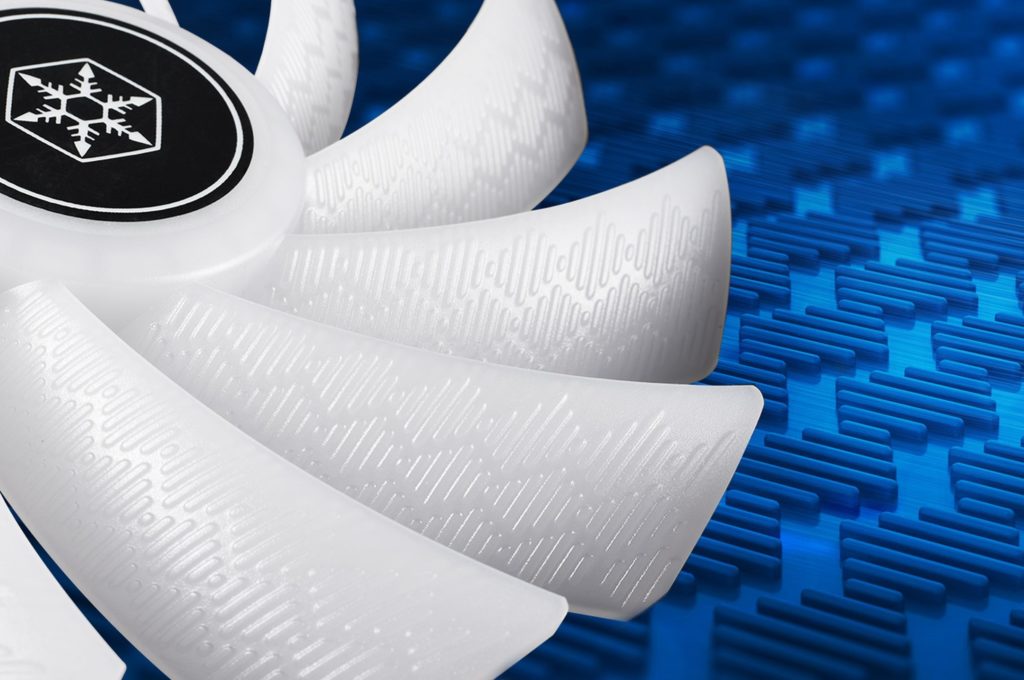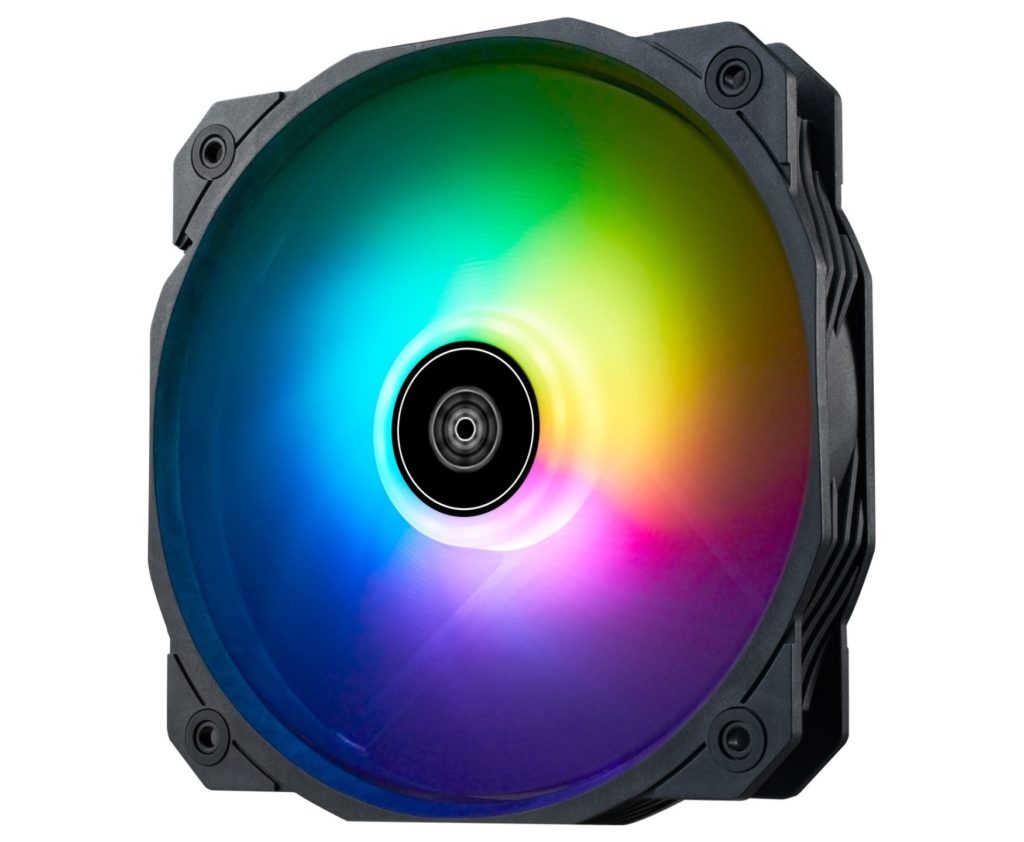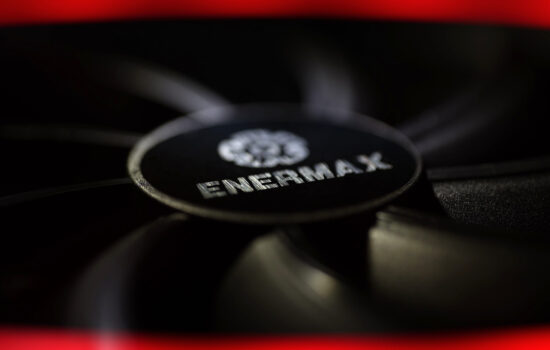SilverStone has two new fans with ARGB LEDs, in both larger (160 mm) and standard (120 mm) formats
As you know, the airflow of fans depends on the area of their blades. The larger the area, the better the fan is able to achieve higher efficiency. However, you can’t push it indefinitely, and maximum dimensions are limited by both heatsinks and PC cases. However, SilverStone has now come up with a fan that has the same hole spacing as the standard 140mm models, only with a larger cross-section compared to them.
Some stretch the fans in depth to maximize efficiency (like the Phanteks F120T30), others in planar axes. This is also the case with SilverStone’s new product, or the larger of the pair of Shark Force ARGB fans.
The fan is 160 mm wide and 160 mm high at a standard thickness of 25 mm. This is the dimension between the outer edges of the frame, the rotor itself has a slightly smaller diameter. Not only in this case, but of course overall. For the non-standard 160mm format, SilverStone used the same hole spacing used for the smaller 140mm fans, 125×125mm. This is key for compatibility with the cases that the 160mm Shark Force ARGB (SST-SF160B-ARGB) is aimed at. Naturally, it doesn’t fit on liquid cooler radiators. While it will be possible to install it, the fan will have significant overhangs on the sides and will not achieve optimal efficiency.
For maximum speed (1600 rpm), SilverStone quotes air flow of up to 272 m3/h. That compares to two-and-a-half times more than we measured with the 120mm Arctic BioniX F120. Compared to the 140mm, it won’t be such a dramatic improvement at comparable noise levels, but it’s still safe to assume that the supersized Shark Force ARGB will outperform them. Along with the 160 mm model, SilverStone also introduced a smaller, 120 mm model (SST-SF120B-ARGB), which, with a 2.1 dBA higher noise level, is claimed to have a third lower flow rate, but for a 120 mm fan is still above standard (169.9 m3/hour), albeit at the cost of high speed (2500 rpm) and high noise level. For this smaller model, an extremely high static pressure of up to 4.66 mm H2O is claimed.
The Shark Force ARGB fan blades are long and narrow when you look at it proportionally. They are made of polycarbonate, which features high hardness. The surface texture of the blades is inspired by the skin of sharks. Regular I-shaped protrusions with different lengths, concentrated in diamond-shaped arrays, are distributed over the entire surface of the blades and are designed to accelerate the flow. Perhaps they could also have a beneficial effect on the acoustic properties. Naturally, only tests will show what and in what quality SilverStone has succeeded.
Although the parameters don’t include the starting or minimum speed, we know from them that it supports passive operation. In other words, at very low PWM intensity the rotor stops. SilverStone does point out here the importance of proper curve setting in the BIOS. This is because in the default settings the PWM curve can be more aggressive and even in the lower range the pulses may not be sparse enough to stop the fan from rotating. The bearings used are fluid dynamic bearings (FDB), the mean time between failures is not specified by SilverStone.
To make a visual impression, the fan also has an ARGB LED with a standard 3-pin 5V connector. If you are not interested in lighting, you don’t need to connect a cable to it at all. To improve cable management, the fan has two connectors on the side and you have to connect the cable to the motor as well. So overall it’s kind of a step towards better cable management, although an unconnected motor doesn’t ever make sense, but if you want to replace the cable for some reason, for example for a longer one, it will be an easier job.
The recommended price for the 160 mm Shark Force ARGB fan is 34.99 USD. The smaller 120 mm should set you back about 7 USD/EUR less. The fans are already available worldwide from SilverStone’s leading distributors.
English translation and edit by Jozef Dudáš
- Contents
- SilverStone has two new fans with ARGB LEDs, in both larger (160 mm) and standard (120 mm) formats





